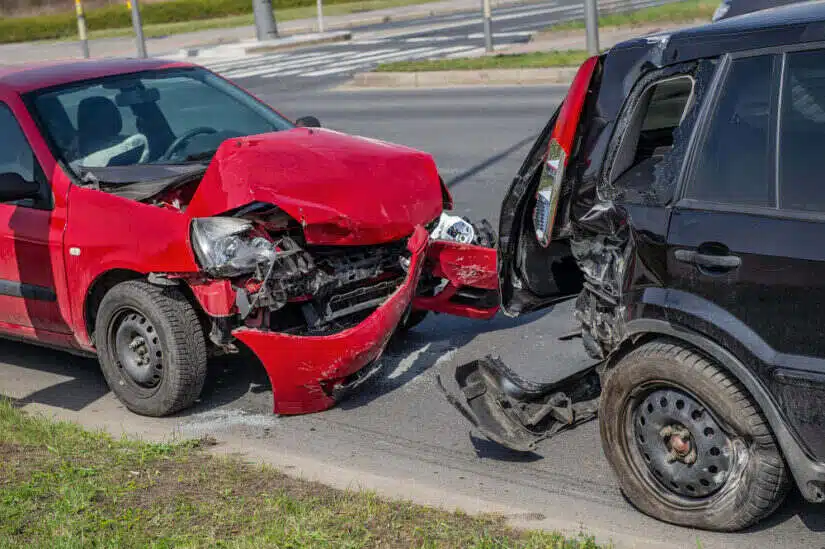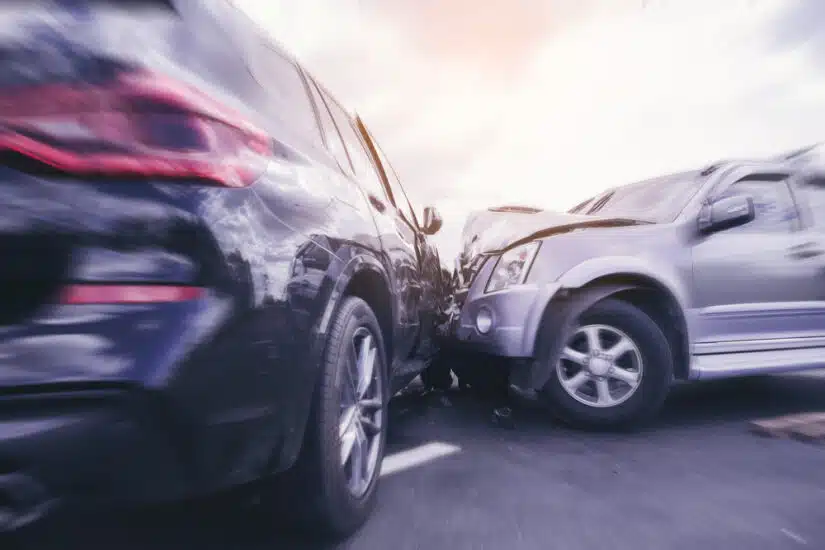Top 10 Crash Corridors in St. Louis for 2025
At Hipskind & McAninch, LLC, we know how challenging it can be to manage the aftermath of an accident. We remain committed to standing by our clients from start to finish. Knowing which intersections are the most dangerous in the city is important. Roads change over time. New construction, shifting traffic patterns, and growing neighborhoods all affect how safe a street is. That is why we have put together this list of the top St. Louis crash hotspots for 2025.

Kingshighway Boulevard and Lindell Boulevard
This intersection sits near Forest Park and is one of the busiest spots in the city. It brings together cars, buses, cyclists, and people walking. The mix of users makes it hard to predict what will happen next. The congestion and multiple lanes make it easy to miss someone crossing or turning.
Some safety improvements have been made, like clearer crosswalks and longer walk signals. However, the area still gets frequent accidents. When crashes happen here, they often involve more than one vehicle or even pedestrians. Sometimes the city may be partly responsible if the road design played a role. If you are driving through this intersection, slow down early and watch for people crossing, especially near the park entrance.
Hampton Avenue and Interstate 64
The Hampton Avenue and Interstate 64 corridor is a fast-moving area where drivers enter and exit the highway. The ramps and lanes are not always easy to follow, and many people make last-minute lane changes. That leads to rear-end crashes, especially during busy times. Large trucks also use this route, which makes visibility harder and increases the chance of serious accidents.
Some changes have been made to improve safety, like new signs and clearer lane markings. Still, this corridor remains a problem spot. When multiple cars crash here, figuring out who is responsible can be complicated. If you are driving in this area, try to merge early and keep a steady speed. Sudden stops are common, so give yourself space.
Manchester Road and Hanley Road
This intersection is surrounded by stores, restaurants, and shopping centers. That means lots of cars turning, stopping, and changing lanes. The traffic lights with short timers and a constant flow of vehicles make it hard to avoid rear-end crashes and left-turn accidents. Many of these crashes happen when people are in a hurry or distracted by the busy surroundings.
There are no major safety upgrades planned for this area, and congestion continues to be a problem. If you are heading to this part of town, try to go during off-peak hours so you avoid the worst of the traffic and reduce your risk of being involved in a crash.
Grand Boulevard and Interstate 70
This is a key connection between local streets and the interstate. Drivers often go from high speeds to sudden stops as they approach ramps. That leads to serious rear-end and side-impact crashes because the mix of fast and slow traffic makes it hard to react in time.
There are plans to redesign the ramps and enforce speed limits more strictly. However, for now, this remains one of the more dangerous roads in St. Louis. Accidents can involve state and city jurisdictions, which may affect how long it takes to settle a claim. If you are driving through this corridor, keep extra space between you and the car ahead. That can give you time to react if traffic slows suddenly.
Delmar Boulevard and Skinker Boulevard
This intersection is near the Delmar Loop, a university, and public transit stops. That means lots of people walking, biking, and using buses. Crashes often happen when drivers turn without seeing someone in the crosswalk or get distracted. Visibility is also poor at dusk, which adds to the danger. Pedestrian deaths and injuries remain a concern here. Legal cases from this area often involve people walking, and those claims can be more serious.
Natural Bridge Avenue and Lucas-Hunt Road
This corridor in North St. Louis County is known for high-speed crashes. Many of them are T-bone collisions caused by drivers running red lights. The intersection has had a disproportionate number of serious injuries and deaths over the years.
There are proposals to add red light cameras and build median barriers to improve safety. However, until those changes happen, this remains a high-risk area.
Gravois Avenue near Interstate 44
This stretch of road includes short ramps and changing speed zones. Drivers often misjudge how fast they need to go when merging, which leads to rear-end crashes. There are very few options for emergency maneuvers, which makes accidents more likely.
When multiple cars are involved, figuring out who is at fault can be difficult. If you are driving in this area, signal early and adjust your speed before you reach the ramp. That can help you avoid sudden stops and reduce your risk.
South Jefferson Avenue, Sidney Street, and Gravois Avenue
This is a strange intersection with several legs and unclear right-of-way rules. Drivers often hesitate or make quick decisions, which leads to fender-benders and side-swipes. The layout confuses people, especially those who are not familiar with the area. If you are driving through this intersection, go slowly and avoid last-minute lane changes. Being cautious can help you stay safe.
Grand Boulevard and Forest Park Avenue
This intersection is near a college campus and a hospital, which means many people are walking and biking, especially during class changes and shift changes. Crashes often happen when drivers get impatient or pedestrians cross outside the crosswalk. Cyclists are also at risk here.
Some safety improvements have been made, like raised crosswalks and stricter enforcement of speed limits; however, pedestrian deaths and injuries still happen. Legal claims from this area can involve both the driver and the city, depending on the circumstances. If you are driving there, expect sudden crossings and keep your speed low.

Lindbergh Boulevard and Page Avenue
This is a busy suburban road with lots of turning lanes and merging traffic. Drivers often change lanes quickly, which leads to side-swipe crashes. Large vehicles make it hard to see, and aggressive merging adds to the danger.
There have not been any major safety changes in recent years. Insurance disputes are common, especially when drivers disagree about who changed lanes first. If you are driving in this corridor, use your mirrors and signal early. Give other drivers time to react and avoid sudden moves.
What to Do After a Crash in St. Louis City: Legal Support from Hipskind & McAninch, LLC
If you know where the most dangerous roads in St. Louis are, you can make better choices about your route. You can slow down, stay alert, and avoid risky situations. Our firm is not just here to help after an accident; we also share information that helps prevent crashes in the first place.
If you or someone you care about has been hurt in one of these St. Louis accident corridors, we are ready to help you understand your rights and take action. At Hipskind & McAninch, LLC, our team is here to help you understand your options and fight for what you deserve. We are proud to serve the St. Louis region and stand with those who need legal assistance after a crash.
Accidents on these dangerous corridors often involve complex legal issues. Some crashes include multiple vehicles, city infrastructure concerns, or serious injuries that require long-term care. Insurance companies may dispute fault, delay payments, or offer settlements that do not reflect the full cost of recovery. That is where we come in.
Our firm investigates the details, gathers evidence, and builds strong cases to hold the responsible parties accountable. Whether your accident happened on a busy intersection or in a confusing merge zone in St Louis City, we are prepared to guide you through every step of the legal process. Please contact us to get started.
Category: